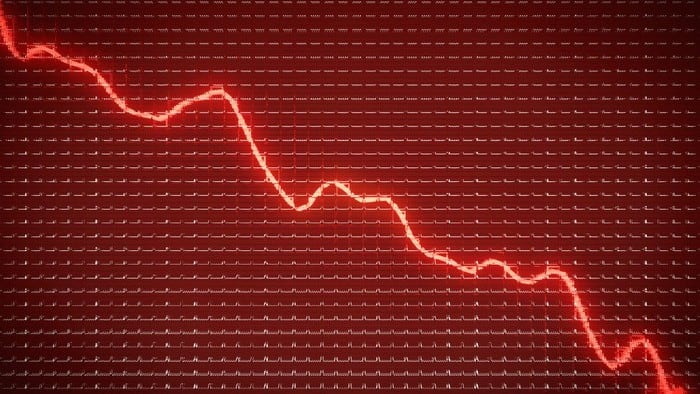The Zip Co Ltd (ASX: Z1P) share price is currently down 6% at the time of writing. This means the buy now, pay later (BNPL) player has hit another 52-week low.
Zip has seen its shares decline by 66% since the start of 2022. It has fallen more than 80% over the past year.
What's going on with the Zip share price?
Zip has suffered a lot in recent months. Plenty of other ASX growth shares are also down heavily, though Zip has been one of the hardest hit.
For example, since the start of the year the Xero Limited (ASX: XRO) share price has fallen 36%. The Temple & Webster Group Ltd (ASX: TPW) share price has sunk 44% this calendar year. This year alone, the Appen Ltd (ASX: APX) share price has dropped around 40%.
There is a lot of chatter going on about strong inflation and the steps that central bankers will need to take to bring it into control.
Investors are also focused on the potential issues arising from the Russian invasion of Ukraine.
Sezzle Inc (ASX: SZL) takeover
Zip is also trying to buy the BNPL competitor Sezzle, which has a sizeable presence in the US.
Sezzle and Zip have entered into a definitive merger agreement, where Zip will buy all the shares of Sezzle. The deal has been unanimously recommended by the boards. Shareholders of Sezzle will be entitled to receive 0.98 Zip shares for every Sezzle share.
At the time of the offer, the Zip share price offer valued Sezzle at $491 million, or a 22% premium at the prices at the time of the announcement. However, the share prices have fallen since then.
Zip thinks that the merger will enhance the scale and product offering, with the capability to accelerate in the US.
Did the HY22 result affect the Zip share price?
Sometimes a result can impact the valuation as well.
For the six months to 31 December 2021, Zip said that its revenue was up 89% to $302.2 million whilst the revenue margin was 6.7%.
Zip said that Australia is generating positive cash flow, whilst the US is on a path to positive cash flow.
However, the overall company's cash transaction margin declined to 2.1%, down from 3.7% in HY21, reflecting rising bad debts. The medium-term cash transaction margin is expected to be between 2.5% to 3%.









